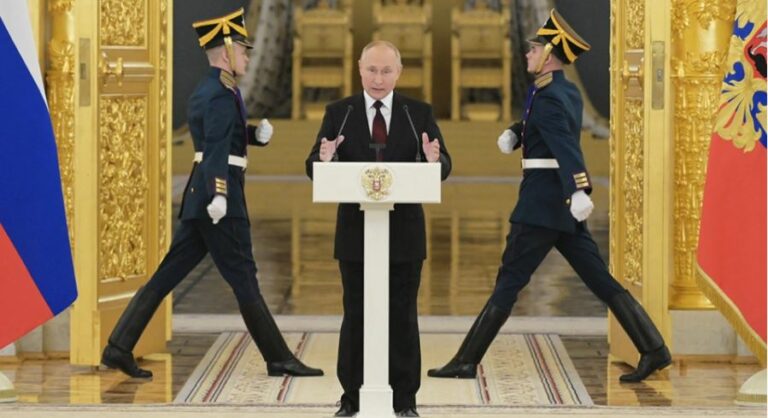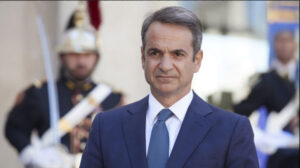Russia’s current account surplus hit a record of $70.1 billion in the second quarter of the year, as surging revenues from energy and commodity exports helped offset the impact of US and European sanctions imposed over President Vladimir Putin’s invasion of Ukraine.
The current-account surplus, the broadest measure of trade in goods and services, was the widest since at least 1994, according to data released by the central bank Monday. A collapse in imports driven by the sanctions contributed to the surplus, which has emerged as a key economic lifeline for the Kremlin as the US and its allies try to isolate it. For the first six months of 2022, the surplus reached $138.5 billion, the central bank said.
Exports were $153.1 billion in the second quarter, down slightly from $166.4 billion in the first quarter, according to the Bank of Russia. Imports also fell, to $72.3 billion from $88.7 billion.
According to an analysis by Bloomberg Economics, London-based economist Scott Johnson who specializes in issues related to the Russian economy, “a growing trade surplus says a lot about what’s going well for Russia, from high commodity prices to the sustained demand from many export partners. But at the same time, it’s also a symptom of discomfort with the plunge in imports sowing disruption across the economy.”
also read
Amendment blocking F-16 sale to Turkey approved in US
The latest figures show the surplus widened in June to about $28 billion from $14 billion estimated in May. The Bank of Russia does not break down the monthly figures, but the figures can be estimated by subtracting numbers from previous reports.
Ask me anything
Explore related questions





